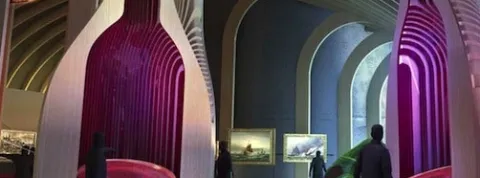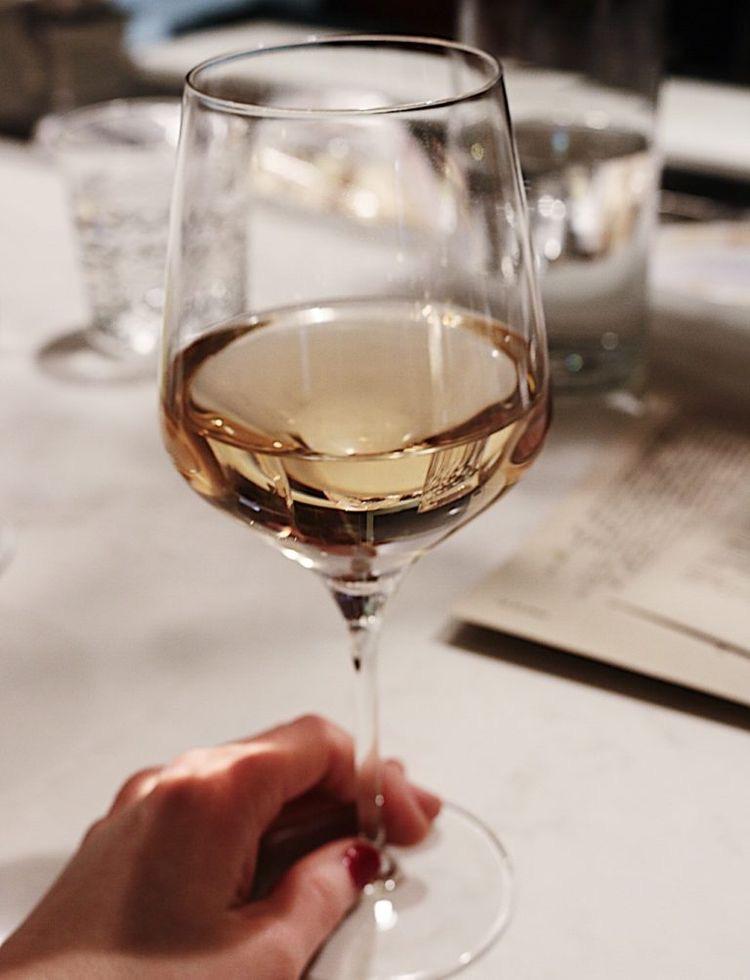
The transformation of French wine estates
Stroll in Solex, night in the middle of the vineyards or even initiation to ploughing on horseback... Forgotten the traditional visit and tasting, today French estates compete in inventiveness to offer stays that are always more fun. Between the enhancement of the wine heritage and the commercial stakes, analysis of a targeted tourism, in full expansion :
Oenotourism & signature experiences
For a long time dedicated to large estates and a few initiates, wine tourism is now developing with smaller winegrowers. Responding to a need for proximity and discovery of heritage on the part of customers, it is also part of the concept of "slow tourism" which favors encounters, ecology, and the pleasures of the table. In about ten years, the public's expectations have changed, and the tourist offer has been structured. Proof of this is the creation, by certain territories and in collaboration with the State, of real concepts to attract visitors. This is the case, for example, of La Cité des civilisations et du vin in Bordeaux (photo) or the Cité des vins de Bourgogne in Beaune, which opened in 2019.
Winegrowers seem to have adapted to these new expectations:
Touching, feeling, experimenting... This is what Château Smith Haut Lafitte, 20 km from Bordeaux, offers through a visit entitled "In the footsteps of the winegrower". In the heart of the vineyards or the wine storehouses, you can practice the various viticultural tasks, depending on the season, to better understand the many facets of the profession. At the same time, the estate also gives pride of place to young contemporary artists, by exhibiting their work in the adjoining forest (the Forest of the Senses), a sort of open-air museum, in perfect harmony with the surrounding elements. A subtle link between nature, art and terroir.
In Pessac, at the Château Pape Clément, personalization is in the spotlight with the B-WINEMAKER workshop: From the phase of assembling the different grape varieties to the personalization of the label, we make our own cuvée and leave with it. Satisfaction and lasting memories are guaranteed. New approaches that even push some estates to offer a few acres of vines for rent, and take charge of the vinification of the wines. An innovative way of understanding viticulture by allowing amateurs to live like winemakers.

A strategic and promising market
Living an authentic experience is the new credo for wineries that want to attract visitors but also potential customers. Every year, nearly 10 million tourists come to discover French vineyards, representing a total expenditure of 5.2 billion euros.
As Thibaut de La Rivière, director of Sup de luxe, explains: "The offer will continue to be enriched and professionalized, because the challenges related to the wine tourism economy are essential, both for the development of wine-producing regions and to stimulate sales. »
